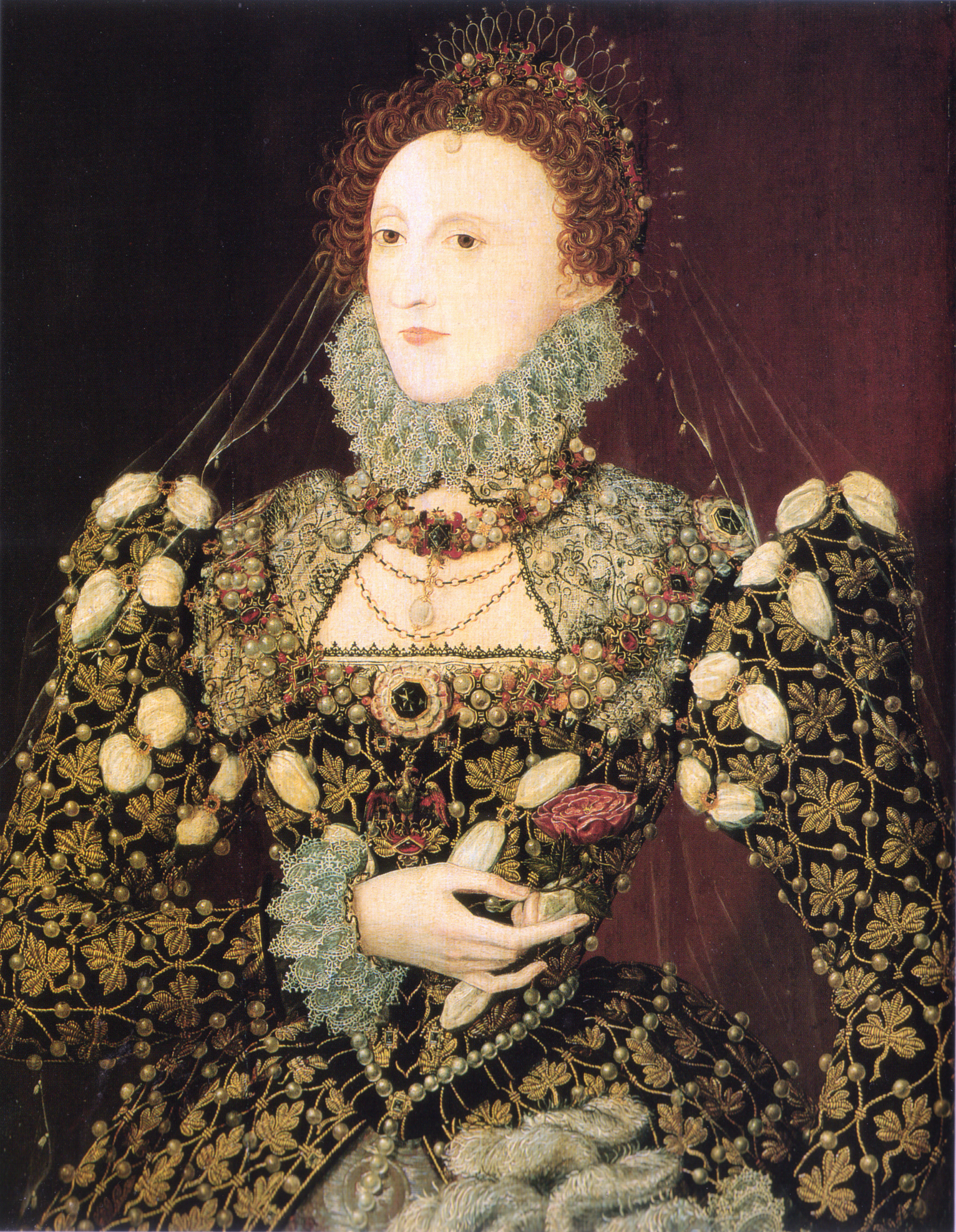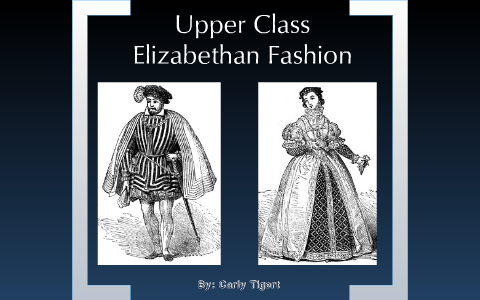Presentation of food was also important during the Elizabethan era especially for the nobility. Upper class fashion generally used velvets satin furs silks lace cottons and taffeta.
The upper-class sophisticate sought a high hairline since a wide and high forehead was an essential trait of beauty during that era.

. However few detailed portraits or records of the clothing of the poor remain. Daniel Delis Hill summarizes German trends in his History of World Costume and Fashion 2011. The poor and even the middle classes dressed more simply.
It was important that their feasts and banquets had a great visual effect. The effect was a more subtle less mannered style of acting and a move towards realism. The Licensing Act of 1737 had a huge impact on the development of theatre in Britain.
The symbol of Britannia a female personification of Great Britain was first used in 1572 and often thereafter to mark the Elizabethan age as a renaissance that inspired national pride through. To celebrate a special occasion or dress appropriately for an official function. Many women who were not graced with a naturally high forehead plucked their hairlines in order to get the desired effect.
The upper-class usually doctors or business men had what was known as great homes. Colors different serving methods and. Blondes were the epitome of beauty during this era and therefore highly sought after.
Most of the fabrics were imported from distant empires including Italy and the Middle East. This was a good thing because the attention could bring them. These materials were expensive and very luxurious.
Get your essays here. With a growing middle class the rich and powerful. Lastly there were the farmhouses which most of the time were occupied by.
The upper class of Elizabethan England wore elegant and luxurious clothing that was made of expensive velvet exotic silk and satin. The purpose of Renaissance formalwear was much the same as today. Historians often depict it as the golden age in English history.
Gentry from Old French genterie from gentil high-born noble are well-born genteel and well-bred people of high social class especially in the past. For upper class women richly embroidered or embellished panels were stitched across the bosom. Elizabethan Hair Styles for Women Elizabethan Hair.
The food available to the Upper Class differed considerable to the food available to the lower class. The more extravagant they looked the more people would notice. Consistent with this mission the Timelines written commentary research and analysis provided by FIT students faculty and other members of the community is licensed under a Creative Commons.
The Fashion History Timeline is a project by FITs History of Art DepartmentThe Timeline offers scholarly contributions to the public knowledge of the history of fashion and design. These were not as outlandish and extraordinary as the royal works but were definitely very large and quite nice. These were often referred to as Periwigs.
He rejected the fashion for declamation where actors would strike a pose and speak their lines formally and instead preferred a more easy natural manner of speech and movement. Clothing of nobles and royal men in Elizabethan England Elizabethan Era Peasants. The Elizabethan era is the epoch in the Tudor period of the history of England during the reign of Queen Elizabeth I 15581603.
Only upper-class women in the Elizabethan area could afford to wear makeup. Style was a function of status so both men and women chose attire that stood out particularly for formal affairs. The standard image most people conjure when imagining Renaissance costume is clothing worn by the upper class.
Only the members of the Royal Family were allowed to own robes which were trimmed with ermine. That forced women with. The gowns of German women in the early sixteenth century featured snug-fitting bodices usually laced tightly with low waistlines.
The subjects range from the type of clothing regarded as Upper Class Fashion - rich sumptuous materials and elegant styles to clothes worn by the lower classes using basic materials. Gentry in its widest connotation refers to people of good social position connected to landed estates see manorialism upper levels of the clergy and gentle families of long descent who in some cases never obtained the official. But theirs was not the typical fashion of the times.
An Upper Class Elizabethan woman followed this fashion further and might even dye her hair yellow with a mixture of saffron cumin seed celandine and oil. Less noble folk wore clothing trimmed with either fox or otter. Wigs were also commonly used - Queen Elizabeth had a wide variety of wigs and hair pieces - believed to number over eighty.
The smaller country homes were usually owned by the merchants and craftsmen tradesmen. The Upper Class also enjoyed various spices imported from abroad. In Elizabethan England ones clothing provided an observer with instant knowledge of ones social status.
The section and era covering Elizabethan Clothing and Fashion includes extensive information regarding all elements of clothing and fashion during the Elizabethan era. Deep open necklines. Essays fashion of the elizabethan era kashmira women in the early elizabethan era usually wore a kirtle with a fitted bodice and underskirts the by observing a persons dress it was evident from which social class they came fashion played a huge role in shaping this era in time.

Elizabethan Fashion History 446 British Isles

Elizabethan Era Fashion Diagram Quizlet

Upper Class Elizabethan Theatre Costumes Fashion History Fashion Fashion History Timeline

10 Costume Inspiration Ideas Renaissance Fashion Renaissance Costume Elizabethan Fashion

Upper Class Elizabethan Clothing By Carly Carly



0 comments
Post a Comment